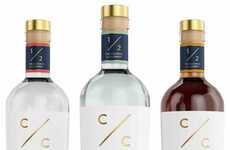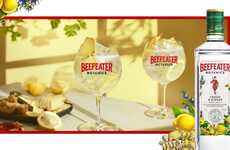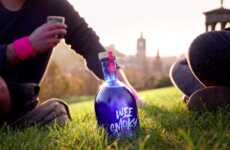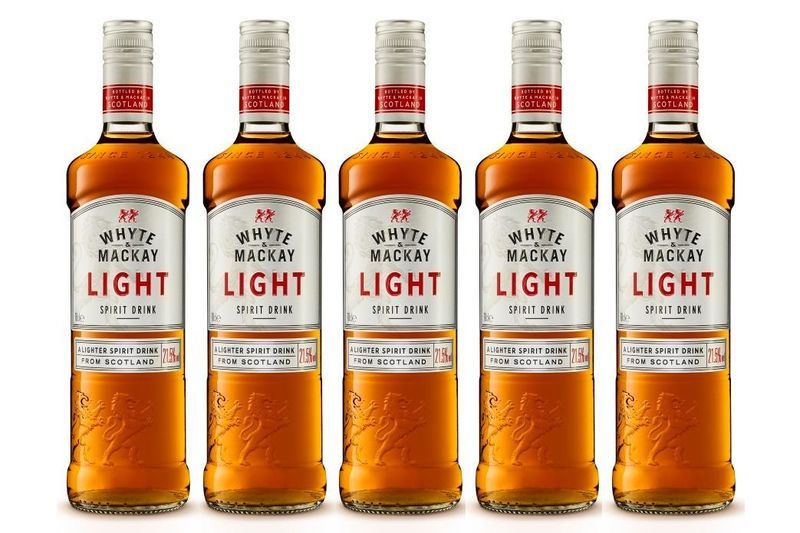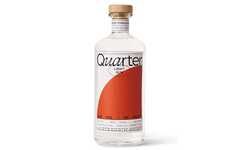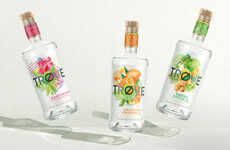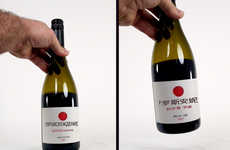
Whyte & Mackay Light Appeals to a Younger Audience
Laura McQuarrie — May 28, 2019 — Lifestyle
References: whyteandmackay & thegrocer
To meet the demand for lower ABV drinks, especially from younger consumers, Whyte & Mackay launched Whyte & Mackay Light. This new offering is described as a light spirit drink as it cannot technically be categorized as a Scotch whisky because it contains just 21.5% ABV—whisky is bottled at a minimum of 40% ABV. Even so, the product is made with Whyte & Mackay's blended Scotch as a base, which is enhanced in sweet sherry casks and freshly emptied bourbon barrels.
Despite its differences from whisky, Whyte & Mackay Light can be enjoyed as a mixer or straight over ice like Scotch. According to Whyte & Mackay head of innovation Rod Gillies, "We’re using the strength of one of our existing brands to deliver an attractive option for the growing number of consumers who may be looking to keep an eye on their alcohol intake."
Despite its differences from whisky, Whyte & Mackay Light can be enjoyed as a mixer or straight over ice like Scotch. According to Whyte & Mackay head of innovation Rod Gillies, "We’re using the strength of one of our existing brands to deliver an attractive option for the growing number of consumers who may be looking to keep an eye on their alcohol intake."
Trend Themes
1. Low-abv Spirit Drinks - Opportunity for the development of more low-alcohol spirit options to cater to the increasing demand from younger consumers.
2. Catering to Younger Consumers - Creating products with lower alcohol content to appeal to the preferences of the younger generation.
3. Innovation in Alcohol Industry - Developing alternative drink options that deviate from traditional standards and cater to evolving consumer tastes.
Industry Implications
1. Alcoholic Beverage Industry - Opportunity for alcoholic beverage companies to expand their product offerings and tap into the growing market of low-alcohol drinks.
2. Beverage Manufacturing - Exploring new techniques and processes to create innovative low-ABV spirit drinks that appeal to the younger generation.
3. Alcohol Distribution - Adapting distribution strategies to meet the demand for low-alcohol beverages and reach the target market effectively.
1.4
Score
Popularity
Activity
Freshness


